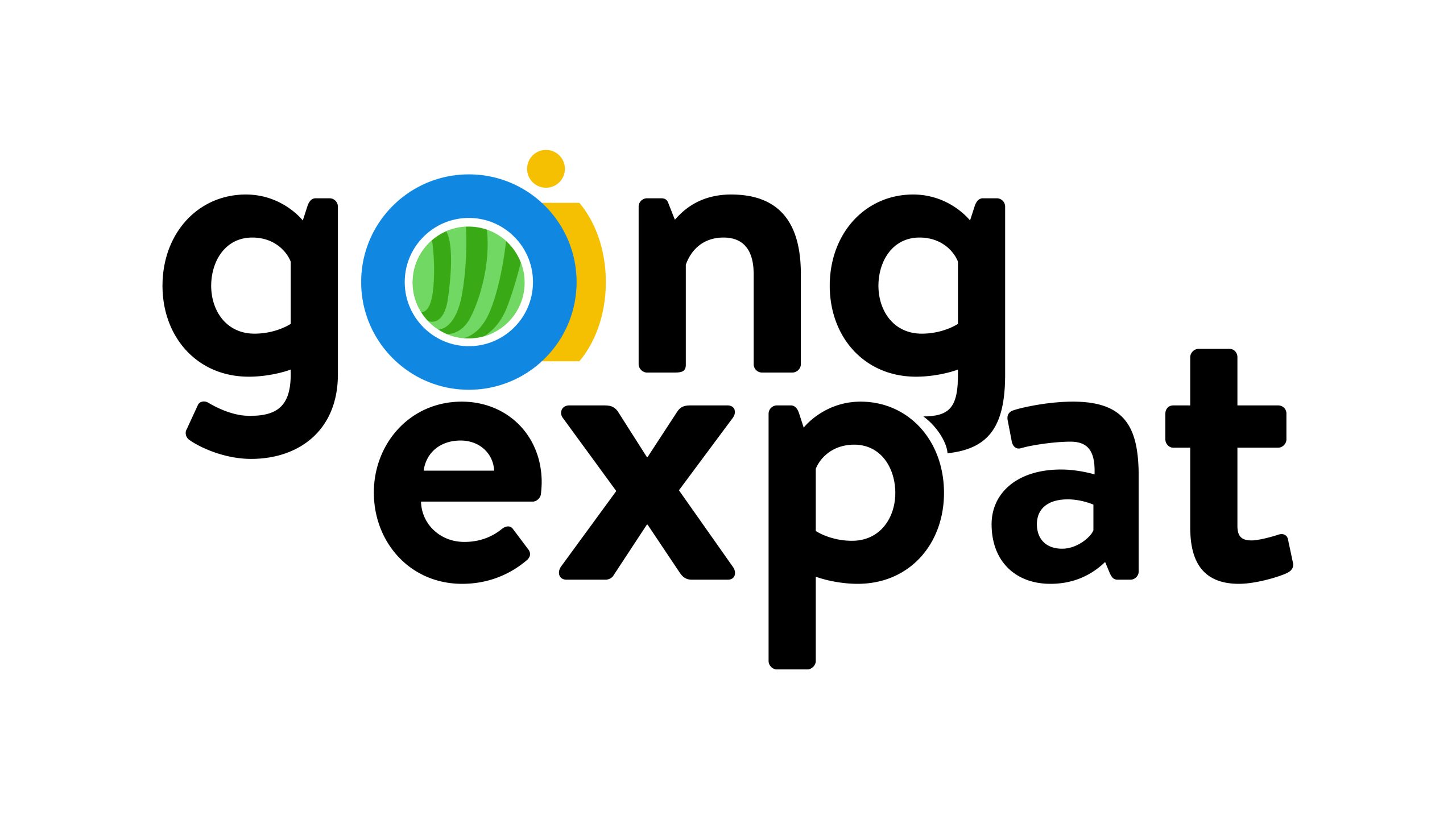This article is also available in: Italiano
Hello Going Expat people,
Today we move to Denmark, and if we have already learned the basic information to live there, it is time to talk about the Danish school system.
As always we do it with those who live in Denmark. We know the author of this guest post: Robin

My name is Robin, I was born in Monza in 1997. I am a publicist and content creator, mainly in automotive but with a strong passion for Scandinavian countries. Passion that has found form, among other things in the blog noglen.eu. Noglen means “The Key”, what you find on the blog and my social media, Instagram and Youtube, is, in fact, my key to understanding Scandinavian culture.
I work together with the Istituto Culturale Nordico for the promotion of Nordic culture and language in Italy.
I have been going back and forward between Denmark and Italy since 2017, and in 2023 I moved there permanently to Denmark.
The Danish school system is well known for its quality
It is also famous for an innovative approach to education, so much so that we tend to speak, at the pedagogical-educational level, of the “Danish model”, characterized by a focus on active learning, equity and inclusiveness.
Breakdown of the Danish education system
Childhood education: the Bõrnehaves
The structure of the Danish school system is divided into stages, and starts from an early age with a particular emphasis on informal learning in the first months of life, with børnehave (kindergarten). In fact, in Denmark preschool education is particularly important, and can begin even at 9 months of the child to continue up to six years, with the aim of developing social, cognitive and motor skills in a playful environment.
At the age of 3, the 98% of Danish children attend public børnehave, where qualified staff in childhood education teach basic academic concepts and basic social rules, such as respect for others and help, always in a playful manner. Much of the time is devoted to “free play” and outdoor activities, promoting both cognitive and physical development.
To enroll a child in børnehave, you must go to the dedicated offices at the town hall of the municipality of residence, indicating up to three preferences: the child will be assigned where there is room, and if not will go on a waiting list. The registration is not free and the costs (monthly) are indicated directly on the site of the municipality, to give you an idea, we talk about 2,800 Danish crowns (about 375€) for medium municipalities such as Esbjerg, higher figures for larger cities such as Copenhagen and Aarhus.
Primary education: The Grundskole
Compulsory education begins at the age of 6, with Grundskole, on a 9-year course plus a pre-school one (Module 0). Here, they avoid classification and formal tests, instead they encourag group work, which is in fact typical of all Danish education, including university, and teaching children to challenge the established way of doing things.
It aims to develop life skills in addition to academic ones.
It always starts in the first weeks of August and ends in mid-June, with numerous breaks throughout the year: autumn holidays, Christmas holidays, winter holidays, spring/Easter holidays and summer holidays.
Another peculiarity is to call teachers by their own name, promoting a more informal approach, also a feature that remains permanent at all stages of education.
There are several types of primary school:
The municipal Folkeskoles about 90% of Danish kids go there. They are free of charge, as required by the Constitution and the Folkeskole law: books, stationery but also laptops or iPads, are considered teaching aids and must be provided free of charge by the school. However, some fees may be charged to parents, for example for educational trips.
The Friskoler (free schools) are private schools together with the Privatskoler (literally private schools). They have similar enrollement fee, between 1250 and 2500 DKK per month in 2023 (€167 – about 335)
Friskolers have been part of the Danish tradition since the 19th century by Christen Kold and Nicolai Frederik Severin Grundtvig, two important reformers and pedagogues in the country.
Today the Friskolers are based on different foundations of religion, life and values, not only Christians, but also for example Muslims.
They all took off thanks to the initiative of parents who seek a different approach to education, and refer to Article 76 of the Danish Constitution.
International Schools , in total there are 26 throughout Denmark, spread mainly in the Capital and almost all include all stages of education, including higher education. Most of them are in English, but some also offer French (such as Prins Henriks Skole in Frederiksberg) or German (such as Sankt Petri Skole in Copenhagen)
Secondary education: The Højskole
At the end of the 10th class, students must take a national test for admission to secondary school, which also serves to help them choose the next path (but not binding, as is the case in Germany).
The Højskole are divided into:
Gymnasium, or Lyceum, that focuses on languages or scientific subjects.
Hõjere Teknisk Eksamen (HTX) which focuses on more technical subjects.
Handelsskole offering a commercial education.
Given the difficulty of choosing a path at such a young age, there are some students who delay the decision of a year and opt for the Efterskole. Literally it means “after school”, but it is not about activities to do after the educational hours, on the contrary the kids live far from home and study various topics such as theater, sports, arts and what it involves to approach these worlds, to better understand what to do while growing up.
The university system
Completed secondary education, Danish students have several options for higher education, including standard universities, university colleges, and public academies of arts and architecture.
Universities are divided into Bachelors and Master courses. Full-time students in Denmark have access to a government salary called Statens Uddannelsesttte (Support to State Education), known as SU and amounting to about 800 € monthly. Of course, students can also work to pay off various expenses on their own, for example university books which, however, are always sold in university bookstores at cheaper prices, or are located directly in the library.
Admission to a university faculty is centralized: all universities, in fact, depend on the state site optagelse.dk where the student must enter the required documentation, in Danish or English.
The university student is very favored in Denmark: the Studenterhuser (Student Housing) offers events, cafeteria and pastry shop at prices much cheaper than the average city, especially in Copenhagen. University canteens are cheap, and life is enriched by numerous events and initiatives, including volunteering.
In the university system, the Erhvervsakademi, the Academies of Labour, are also included. They are different types of higher education, which can last up to two years, and much more practical and designed for those who have no vocation to study and seek a faster training to enter the world of work.
Today they are almost all in Danish, and offer the most disparate training, from the technologist of automation to the automotive one, from the Informatics to the Graphic Designer.
Advantages of the Danish education system
The Danish education system has many advantages. It is based on the right to study for all, regardless of their financial status, and for this reason it is mostly free and also includes teaching material, which parents do not have to worry about much. This also concerns the University, where instead the materials are at the expense of the student but the State provides with discounts, subsidies and various initiatives.
I personally consider it a less stressful system, thanks to the informality and a more practical and less theoretical approach, where we tend to value the person and his talents, to better direct it. Less stressful also for the many holidays scattered throughout the year, and breaks of at least 15 minutes even within the same lesson.
Thank you Robin for this article full of info and details that I’m sure could be useful to many.
And if you are thinking of moving to Denmark, you can read the article here or listen to Christina’s words about her moving from Germany to Denmark and making so many dreams come true.
Do you want to support the blog and what I do with Going Expat?
Then you can buy me a coffee
Talk to you soon
Rossella






